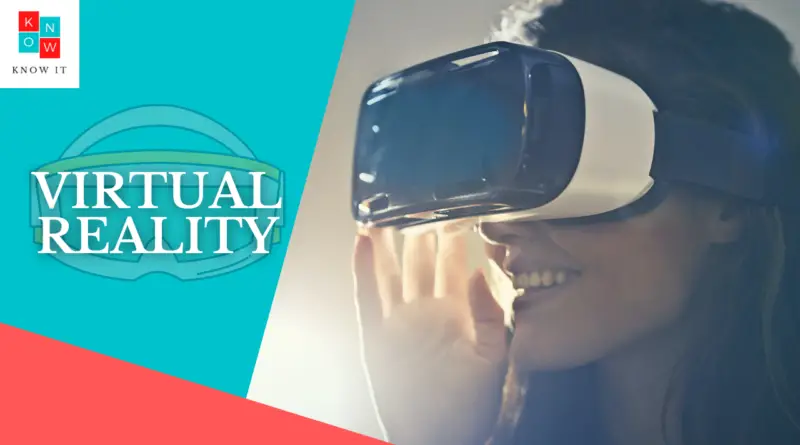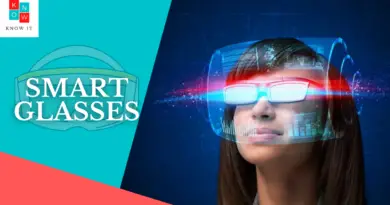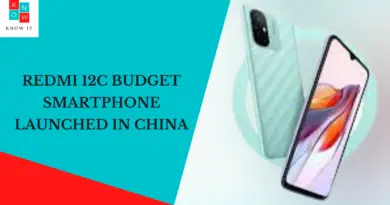Virtual Reality: How far have we come and what’s next?
Introduction: What is Virtual Reality and How Does it Work?
Virtual reality is a computer-generated simulation of a three-dimensional image or environment that can be interacted with in a seemingly physical way by a person using special electronic equipment, such as a head-mounted display (HMD) and stereoscopic glasses.
Virtual Reality (VR) is the use of computer technology to create a computer-generated environment that simulates a physical presence in places in the real world or an imagined world.
VR is a type of human-computer interaction (HCI) that immerses people into virtual worlds by using various types of devices, such as headsets and gloves.
VR devices are controlled by electronic equipment such as computers and video game consoles. The computer sends two images simultaneously to the user’s eyes, one for each eye so that the user can see a three-dimensional image.

Virtual Reality can be used in many different ways, but the most common use is for entertainment. VR has been used in many different industries, including healthcare, education, engineering, media and entertainment.
Virtual Reality headsets are being used for a number of different purposes. VR is being used to provide an immersive experience for gamers, moviegoers, and high-tech travellers so they can have a more realistic experience. VR headsets are also being used in business settings for training or presentations.
Virtual Reality vs Augmented Reality
Virtual Reality (VR) and Augmented Reality (AR) both use a computer-generated simulation of a three-dimensional environment, but they differ in their presentation. While VR completely immerses the user, AR allows the user to see the real world at the same time.
The Development of Virtual Reality from the Early Twentieth Century to Today
The development of virtual reality has been on the rise since the early twentieth century. It was first introduced at the World’s Fair in New York City in 1939, but it was not until 1968 that VR started to become popular.
In 1968, Ivan Sutherland created what is now known as the first head-mounted display (HMD). The HMD had two separate screens for each eye and allowed users to interact with digital objects in 3D space.
In 1991, Jaron Lanier founded VPL Research, one of the first companies to sell VR products. The company’s goal was to create more affordable VR hardware and software than what was available at the time.
In 2015, Palmer Luckey founded Oculus Rift which became one of the leading companies for virtual reality headsets.
VR in education and training
Virtual Reality is an emerging technology that is being used in education and training. The use of VR in the field of education has been increasing, with organizations such as the United Nations, NASA, and Harvard University all utilizing this technology. VR can be used to engage learners in an interactive environment while providing hands-on training to improve real-world skills, such as emergency medical treatment.
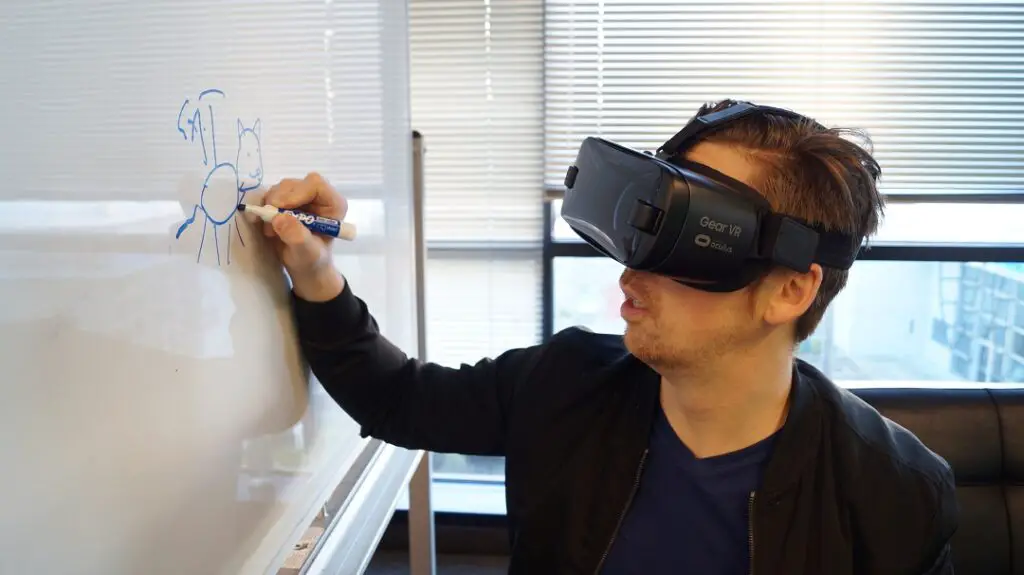
VR in industry and work
Virtual Reality is a technology that is being used in a variety of industries. In the field of work, it is being used to train employees and improve skills, to create visualizations of projects, and more.
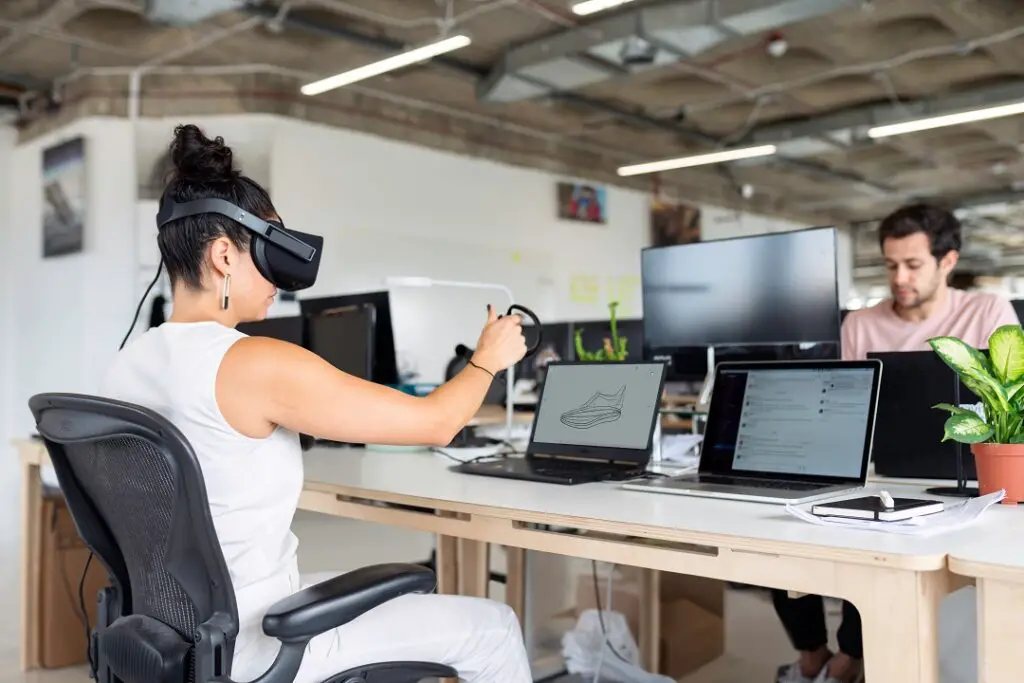
VR in games and entertainment
The most recent innovation in the world of video games is Virtual Reality. Virtual Reality allows users to experience the game in a completely immersive way. The player can interact with their environment, with characters, and anything else that might be happening in the game.

What does the Future Hold for VR in the Next 10 Years?
Virtual Reality is becoming more and more popular in the last decade. With the development of technology, VR has become a new way to experience life, which can be used for education, entertainment, and business.
The future of VR is looking bright because it has many advantages over other technologies. For example, VR can provide a sense of presence that cannot be found in any other medium. It also offers an opportunity for people to explore places that are not accessible in real life like underwater or outer space.

The future of VR is promising as experts predict that VR will be used in more than just gaming. This includes other forms of entertainment such as movies and TV shows. The future of VR also includes using it for social interactions with friends and family members who are not physically present.
VR is also being used in education to help students learn about different topics like history or science. It’s not just the gaming industry that will benefit from this technology. Virtual reality can be used in many different sectors, and we’re going to see a lot more of it in the next 10 years.
